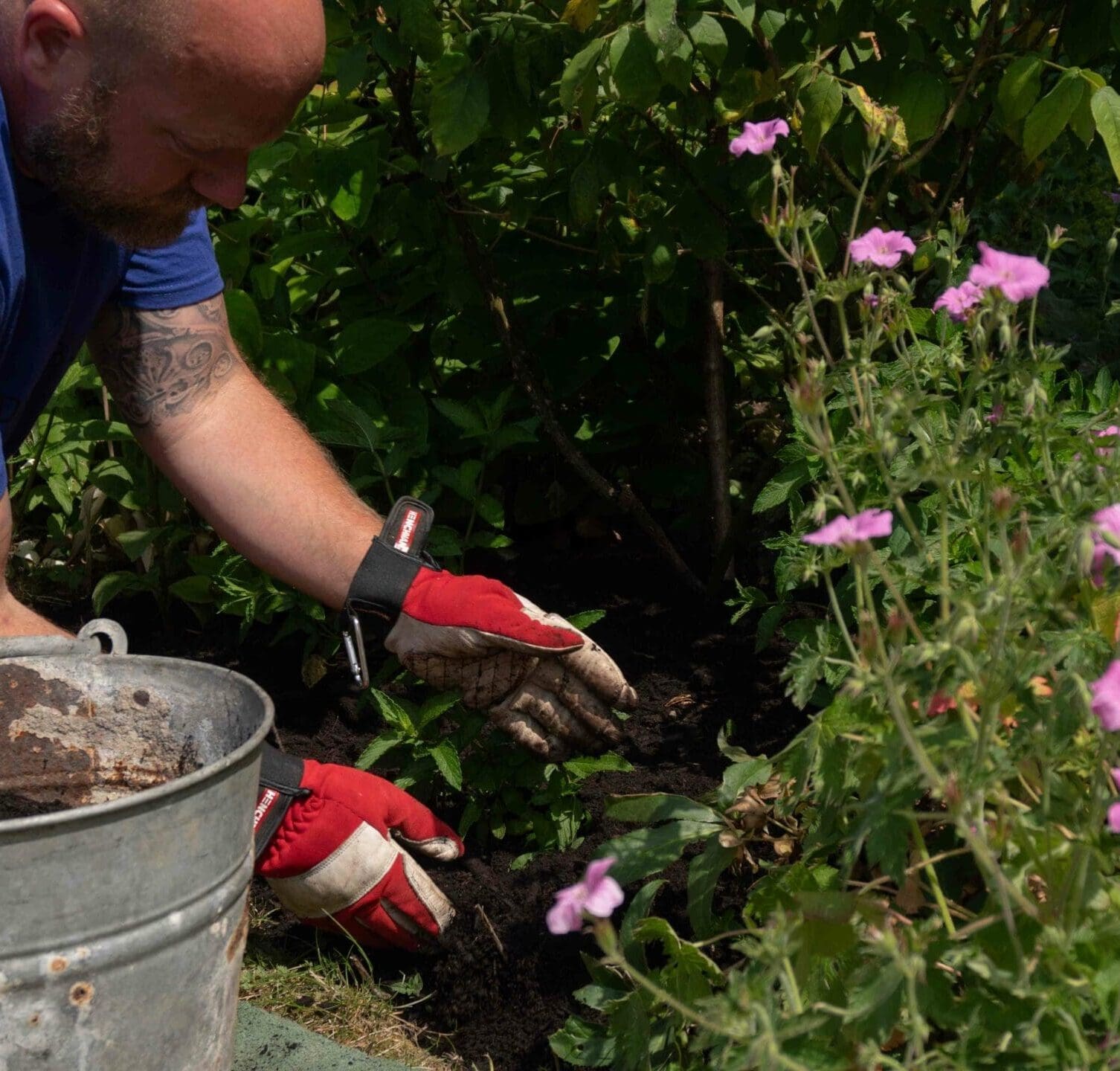September is a noticeably cooler month than August, with the evenings rolling in noticeably shorter and much darker weather beating the horizon. The drop in temperature makes it much more comfortable to spend the whole weekend in the garden when compared to the hotter months.
Fruits and Vegetables.
If you have a vegetable or fruit patch, you’ll be busy this month reaping the rewards of previous efforts. Root vegetables such as onion, beetroot, carrot, turnip, potato and sweet potato are all good to lift this month as soon as they’re large enough. Keep a careful eye on above ground vegetables, as the cooler and shorter days won’t ripen them much and they will begin to turn. This is also particularly relevant for most fruits, apricot, apple and grapes should all be harvested if the weather cools too much or the autumn gusts begin to knock them from trees.
Flowers.
September is a good time to plan ahead for next summer’s garden. Sowing hardy annuals, like ammi, cornflowers, cerinthes and scabiosa, and they will begin to flower in the early summer next year. It’s also a perfect time to collect seeds from your favourite plants this year, store them in well labelled envelopes in a cool, dry place until spring.
September’s warm yet moist weather makes it the optimal time to plant container grown shrubs, trees, fruit bushes and perennials. Take advantage of the timing to split/divide herbaceous perennials, for healthy vigorous growth.
Garden Maintenance.
On the cusp of autumn, now is the time to begin planning for the fall and the change in weather. Ensure that any water features, like ponds or fountains, are adequately covered in netting to prevent leaves and debris from clogging filters or pumps. Also check potted or weak rooted trees/plants to ensure that they will survive the strong gusts and secure with lines and supports.
If your garden suffers from heavy clay soil, now is the time to start digging it over. Mix in plenty of organic matter, such as compost, to improve soil quality and think about adding some sand or shingle to improve drainage. Click here to quickly find out if you have a clay heavy topsoil.
The winter weather and temperature changes will break down the soil and make gardening in the spring much easier.
Watering.
As with every month of the year, watering your plants is important. Bear in mind the change in temperature, whilst it may not have rained in a little while, the soil may still be moist due to lack of heat.
Now is also the time of year that you should begin watering and feeding house plants less frequently.
If your garden is easily water logged, or not retaining water as well as it should, take a look at our topsoil guide here. It contains everything you need to know to help fix your garden’s topsoil.
